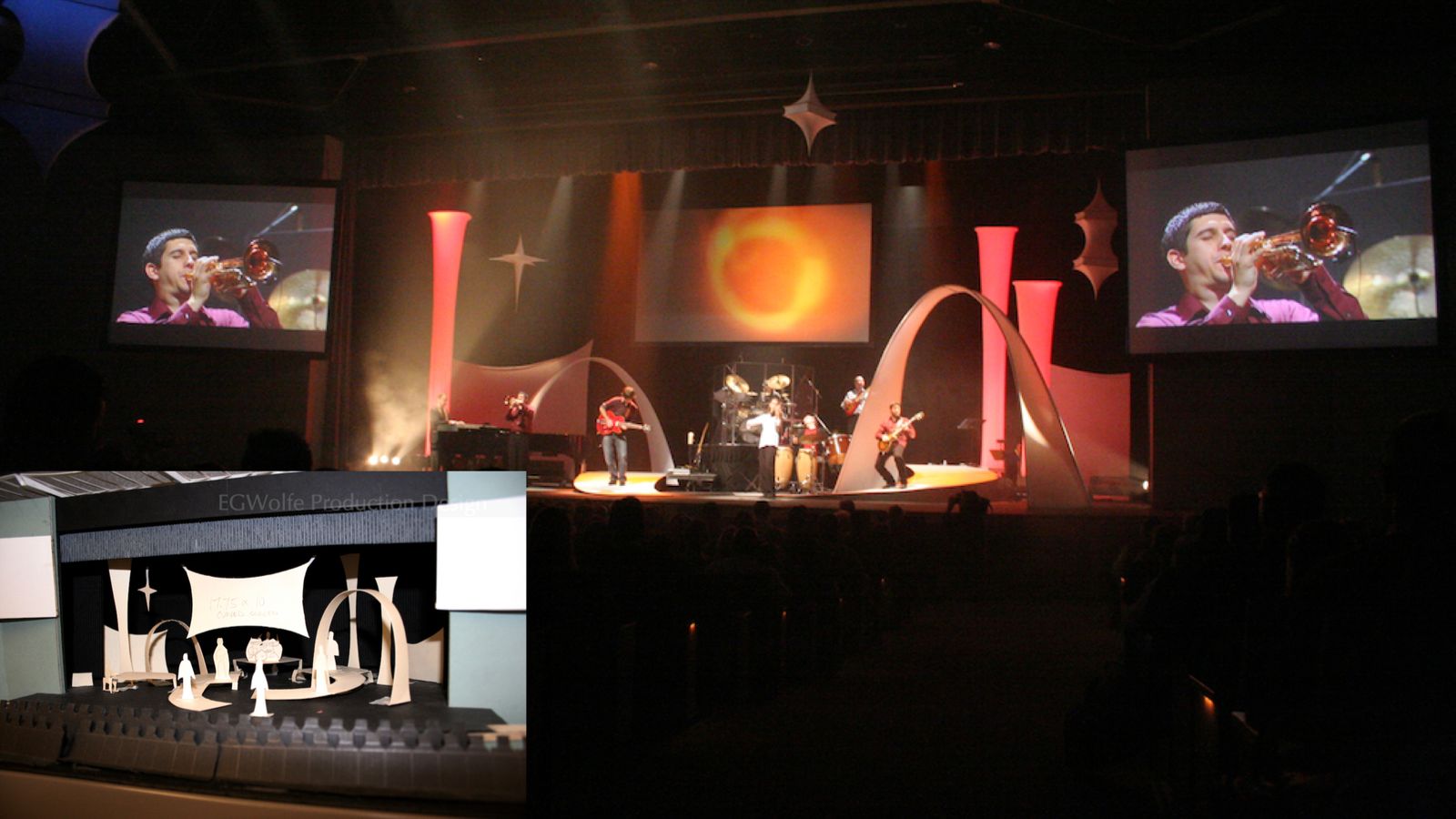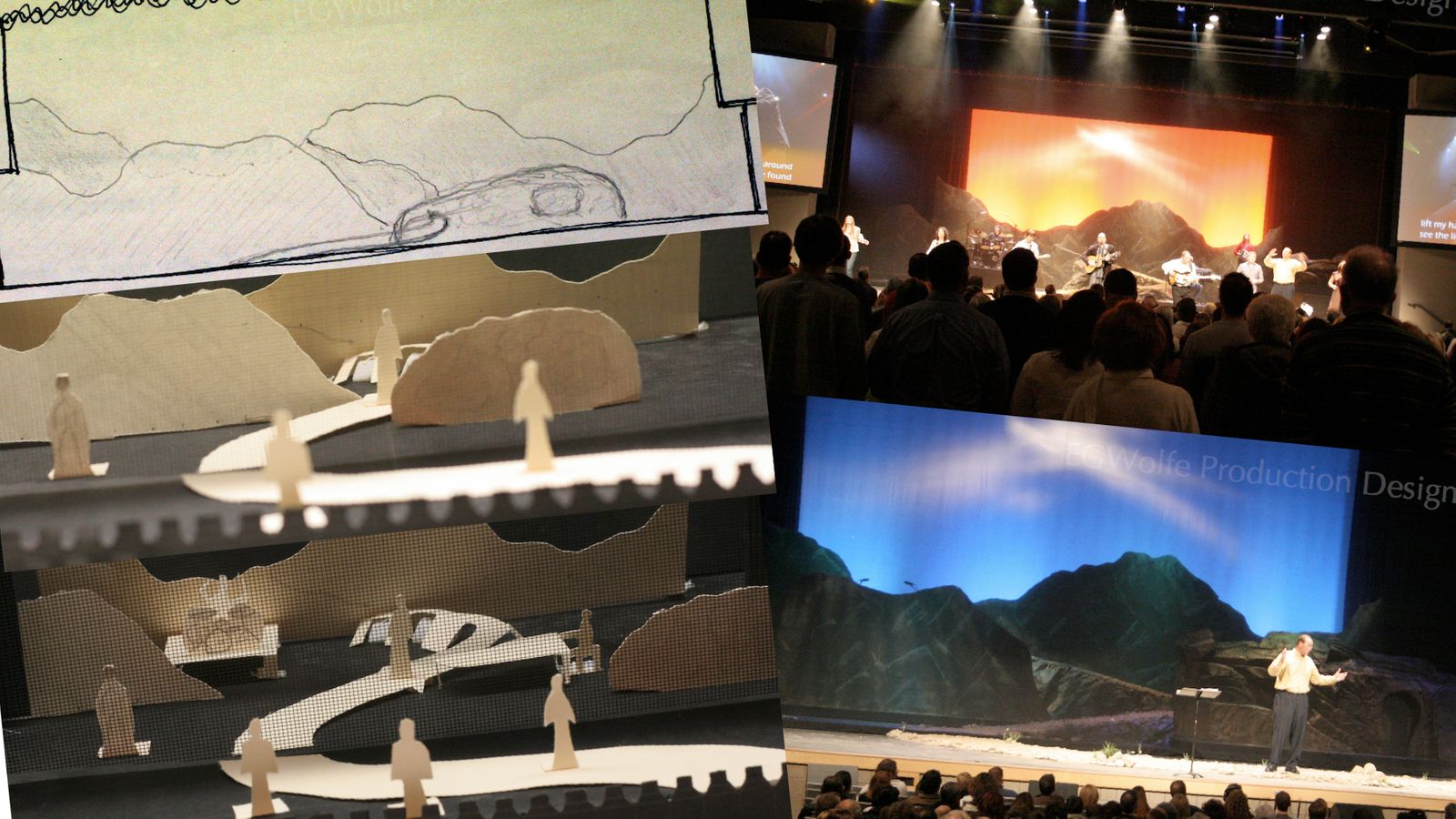Excellence is not to be confused with perfection. Excellence is beautifully imperfect; as it recognizes the continued pursuit of improvement. The iterations will always continue; so make the most of the time and resources we have. Recognize when it’s better to leave one project at good and refocus by encouraging each other and developing another project until it’s time to call that one great. (Even though we have such high standards that we know what we wish we could keep tinkering further...) Then celebrate! Especially after big projects, remember that "We get to be a part of this!" Then next week, begin working on v2.0!
I used to struggle with perfectionism. I remember in high school when I couldn’t understand my best friend who could just rip through homework and turn in something that was barely 80% effort. Instead I wouldn’t turn something in because it wasn’t worthy of what I knew it should be. I’ve come a long way since then. I now can present something if it’s the best I believe it can be with the recourses justifiably allocated. I can reconcile that. It has actually become a core value for me. A Maximizer shall get greatest value out of resources…. I still want for perfection, but I also find beauty in excellent. I can coach that now. I’ve come a long way.
I just read a Forbes article written by Victor Lipman that included five tips for taming perfectionism. I thought I’d share.
These five tips may not be perfect, but then again, what is? Guess that’s part of the story here…
Pursue excellence, not perfection – There’s a vast difference if you’re able to frame the endeavor this way. Excellence is attainable, perfection isn’t. Excellence is an admirable goal, perfection a potentially destructive one. As the definition in Psychology Today notes, perfectionists view life "as an endless report card on accomplishments."
Try seeing yourself through the eyes of others – The irony is that the accomplishments of many perfectionists, from the uniquely talented Ms. Kearney to many C-Suiters, are exceptional by any objective standards. Easier said than done I know, but if you can find the perspective to view yourself as others do, it will be a constructive lens to look through.
Step back and take (well-deserved) pride in what you’ve accomplished – And where exactly do you want that lens to focus? Instead of dwelling on outcomes and projects that haven’t gone perfectly, step back and spend some time reflecting on past accomplishments you’re genuinely pleased with. No doubt if you’re a CEO, there have been more than a few to bring you to this point in your career. Compared to what most of us mere mortals have, a bronze medal at the Olympics, let’s say, seems a pretty pleasant outcome. (Wouldn’t mind having one myself – would look quite nice on the wall in my study.)
If you feel perfectionism has become seriously debilitating, you may want to consider counseling or therapy – BTW, I completely understand if your reaction to this suggestion is, Hey, I’m a high-functioning hard-edged executive and I have neither time nor inclination for this sort of thing. Fair enough, totally get it. But just in case you’re interested in this level of introspection to better understand the roots of the behavior and find additional ways to address it, I’ve included a link to Psychology Today’s database of therapists. (Full disclosure: I also write for Psychology Today, which is why I’m familiar with their offerings.)
Laugh - Cliche though it is, laughter is good medicine, a natural mood changer. Find time if you can to not take yourself too seriously and remember to laugh. We’re all on the same ski slope so to speak, all just passing through the great bumpy freestyle mogul of life, and if you can find a little more time to see the humor and "enjoy the ride" – well, that’s only a positive thing.
"Don’t let perfect be the enemy of good." It’s derived from a similar phrase in the writing of Voltaire and it’s a sentiment I always felt had real relevance when I was in the business world… about the need to keep the wheels of commerce turning rather than being concerned with getting everything absolutely right.



